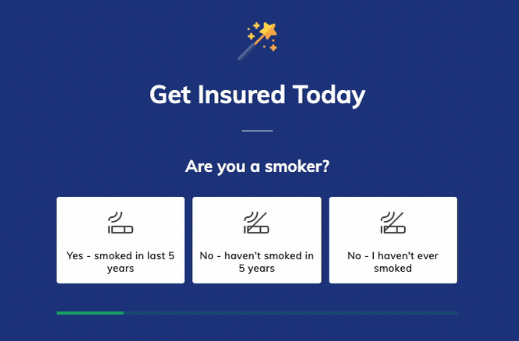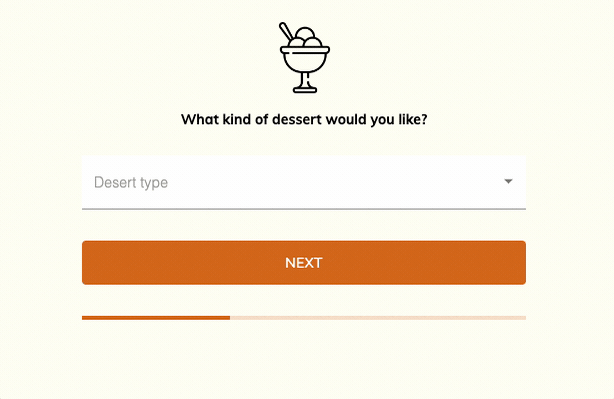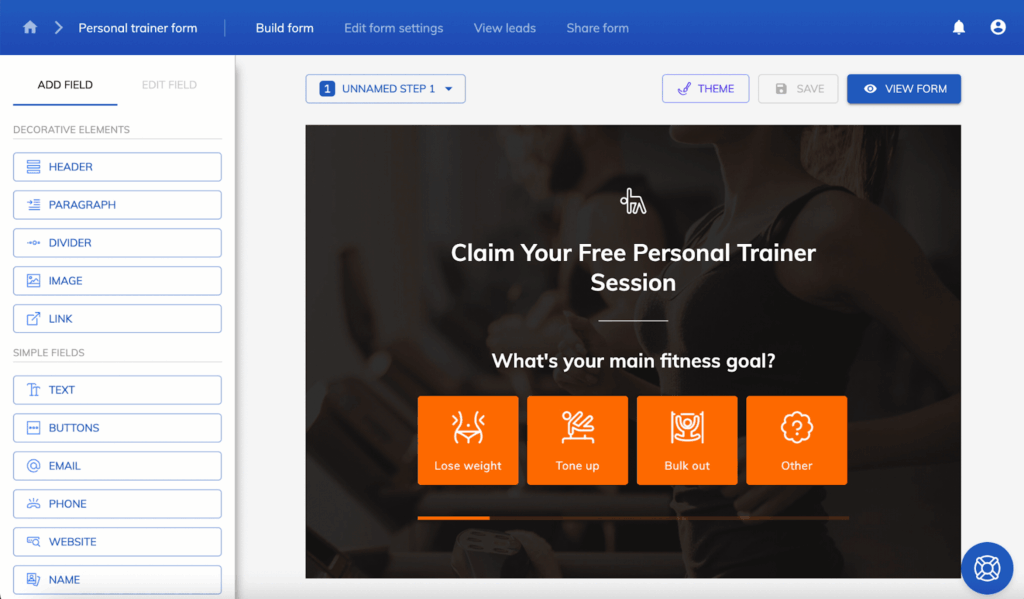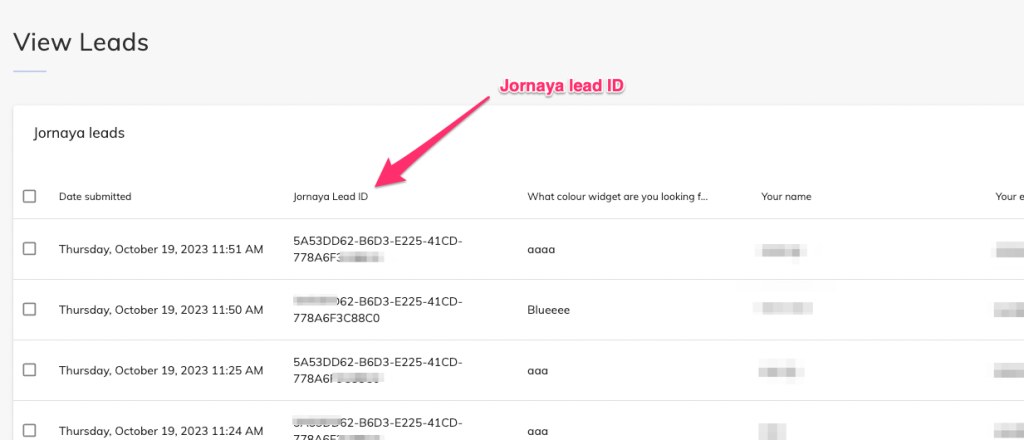Landing Page Metrics That Matter: 12 KPIs to Boost Conversions
Quick Summary
Tracking the right landing page metrics can make or break your marketing results. In this article, we break down the 12 metrics that truly matter, from conversion rates to bounce rates. You’ll learn what each metric means, why it’s important, and practical ways to improve your landing page performance, so you can turn more visitors into customers and maximize your campaigns. For more tips and insights, visit the Growform blog.
Why Landing Page Metrics Matter More Than You Think
Landing pages aren’t just a digital welcome mat, they’re where marketing efforts turn into real results. But not all metrics are equal. Tracking the wrong numbers can waste time and miss opportunities, while focusing on the right metrics reveals clear insights into visitor behavior and campaign performance.
In this Growform article, we explore the 12 landing page metrics that truly matter. You’ll learn how to measure them, why they’re important, and actionable tips to optimize your pages for higher engagement, better conversions, and stronger ROI.
Why Listen to Us?
At Growform, we’ve helped hundreds of businesses improve landing page performance, turning casual visitors into loyal customers. We combine real-world marketing experience with data-driven insights to identify the metrics that actually move the needle. This article highlights only the numbers that matter, no fluff, no vanity metrics. Our strategies have been tested across industries, consistently improving conversions, engagement, and ROI.

What Is Landing Page Metrics?
Landing page metrics are the measurable data points that show how visitors interact with your landing pages. They help you understand whether your page is performing its intended purpose, whether that’s generating leads, driving sales, or encouraging sign-ups. Common examples include conversion rate, bounce rate, average time on page, click-through rate, and form submissions.
By tracking these metrics, you can identify what’s working and what needs improvement. For instance, a high bounce rate might indicate that your content isn’t engaging or your call-to-action isn’t clear, while a low conversion rate could signal that your offer isn’t compelling enough.
Landing page metrics are essential because they provide actionable insights rather than assumptions. Instead of guessing how visitors behave, you can make informed decisions to optimize design, content, and user experience. In short, these metrics are the roadmap to improving your landing pages and achieving better marketing results.
Why Are Landing Page Metrics Important?
- Improve Conversion Rates: The main goal of any landing page is to convert visitors, whether signing up for a newsletter, downloading a resource, or making a purchase. Tracking metrics like conversion rate and form submissions helps you see which elements perform well and which need adjustments. By analyzing these numbers, you can test different headlines, calls-to-action, and layouts to boost conversions consistently.
- Optimize User Experience: Metrics such as bounce rate, average time on page, and click-through rate reveal how users engage with your content. A high bounce rate may indicate confusing navigation or unappealing design, while low engagement signals that content isn’t resonating. Monitoring these metrics lets you refine page structure, content, and visuals to create a smoother, more engaging experience.
- Make Data-Driven Marketing Decisions: Relying on assumptions or gut feelings can be risky. Metrics give concrete insights into visitor behavior, helping you prioritize changes that have the biggest impact. For example, if a specific call-to-action performs poorly across multiple pages, you can test alternatives backed by real data instead of guesswork, making your optimization efforts more efficient and effective.
12 Landing Page Metrics That Truly Impact Performance
1. Track Conversion Rates Regularly
Conversion rate measures the percentage of visitors completing your landing page’s intended action, like signing up, downloading a resource, or making a purchase.
Using lead capture and embeddable forms can boost conversions by making it easy for users to engage without leaving the page. Lead capture forms gather the right information efficiently, while embeddable forms integrate seamlessly into content.
Combine these forms with A/B testing on headlines, calls-to-action, images, and layouts to find the combinations that drive the highest conversions. Monitoring conversion rates over time helps you see which forms perform best across different campaigns and traffic sources.
2. Monitor Bounce Rate
Bounce rate shows the percentage of visitors who leave your landing page without interacting. A high bounce rate often signals that your content, messaging, or design isn’t engaging.
Conversational and wizard forms can reduce bounce rates by guiding visitors step-by-step, making the interaction feel personalized rather than overwhelming. These forms create a dynamic experience, keeping users engaged while collecting important data.

Combine this with clear headlines, concise copy, and strategically placed calls-to-action to encourage interaction. Monitoring bounce rates across traffic sources and devices helps identify which visitors are most likely to leave and why.
3. Measure Average Time on Page
Average time on page shows how long visitors engage with your landing page. Low engagement may indicate that content isn’t compelling or the page is difficult to navigate.
Conditional logic and logic jump forms can increase time on page by guiding users through personalized pathways based on their responses.

These forms create an interactive experience, encouraging users to spend more time completing actions while seeing content tailored to their needs.
Longer time on page often correlates with higher conversions, as visitors absorb information and are more likely to complete forms or click calls-to-action. Monitoring this metric helps optimize content and forms for maximum engagement.
4. Track Click-Through Rates (CTR)
CTR measures how many visitors click links, buttons, or calls-to-action on your landing page. A low CTR often indicates that calls-to-action aren’t clear or compelling.
Embeddable forms let users engage directly without leaving the page, increasing clicks.

Adding comparisons within forms or content can guide visitors to the most relevant options, improving interaction and CTR.
Test different CTA copy, button placement, and visual cues to see what drives engagement. Segment CTR by traffic source or device to understand which audiences respond best.
Tracking these interactions alongside other metrics helps pinpoint effective elements and areas for improvement.
5. Analyze Form Submissions
Form submissions are often the primary conversion point on landing pages, and analyzing them shows how effectively your page drives action.
Conditional logic and wizard forms simplify submissions by guiding users step-by-step, reducing friction and increasing completion rates.

Lead verification ensures the data you collect is accurate and valuable for follow-up.
Monitor where users drop off and test variations in field order, button placement, or copy to optimize submissions. Segment submissions by traffic source, device, or campaign to understand user behavior across audiences.
6. Measure Exit Rates (and Distinguish from Bounce Rate)
Exit rate shows the percentage of visitors who leave your site from a specific page, regardless of how many pages they visited before. Unlike bounce rate, which tracks visitors who leave immediately without interaction, exit rate helps you identify where users most often drop off in their journey.
High exit rates on a landing page can signal weak content, confusing navigation, or lack of trust. Integrating TrustedForm, Jornaya forms, and FCC 1-to-1 consent builds credibility and ensures compliance, encouraging visitors to complete actions rather than leave.

Monitor which pages have the highest exits and test adjustments such as clearer CTAs, improved content, or interactive forms.
Segment exit rates by traffic source, device, or campaign to pinpoint problem areas. Using forms that verify and secure visitor consent increases confidence, reduces drop-offs, and enhances the user experience.
7. Segment Metrics by Device (Mobile vs. Desktop)
User behavior differs across devices, so tracking performance separately for mobile and desktop visitors is essential. Instead of treating it as a single metric, segment existing KPIs, such as conversion rate, bounce rate, and average time on page, by device type.
Embeddable forms ensure a seamless experience across devices, while conversational forms engage users interactively on smaller screens. Optimize mobile layouts, button sizes, and navigation to match desktop functionality. Comparing device performance helps identify gaps and prioritize improvements.
8. Use Heatmaps for Deeper Insights
While not a metric in itself, heatmaps are a powerful tool to visualize user behavior beyond raw numbers. They show where visitors click, scroll, and focus on your landing page, offering context to metrics like CTR, bounce rate, and conversion rate.
Logic jump and wizard forms can also be tracked through heatmaps to reveal where users drop off within multi-step or personalized pathways. This helps identify friction points and optimize layout for smoother experiences.
9. Monitor Load Times
Page speed directly affects user experience, engagement, and conversions. Slow-loading landing pages frustrate visitors and increase bounce rates.
Lightweight, optimized embeddable and lead capture forms help maintain fast load times while capturing essential visitor information. Use analytics tools to monitor page speed and identify delays from large images, scripts, or server issues. Optimize forms, compress assets, and leverage caching to reduce load times across devices.
Fast pages not only improve engagement metrics like average time on page and CTR but also support conversions by keeping users on the page long enough to complete forms. Regularly reviewing load times ensures your landing pages remain efficient and responsive.
10. Track Traffic Sources
Understanding where your visitors come from is essential for optimizing marketing efforts and conversions. Track traffic from sources like organic search, paid ads, email campaigns, and social media to see which channels deliver engaged users.
Lead capture forms, lead verification, and comparison tools help assess not just the quantity but also the quality of traffic. Verified leads ensure accurate information, while comparison tools guide visitors to the most relevant options, increasing engagement.
11. Set Up Goals in Analytics
Setting up goals in your analytics platform ensures accurate measurement of landing page performance.
Goals track key actions such as completing conditional logic, conversational, or wizard forms, providing clear insights into conversions and user engagement. Segment goal completions by traffic source, device, or campaign to understand which audiences respond best.
Tracking these interactions highlights underperforming elements and helps prioritize optimizations. Goals also make it easier to evaluate the effectiveness of different form types, such as lead capture or embeddable forms, and ensure interactive elements drive results.
12. Regularly Review and Adjust
Landing page performance evolves over time, making regular review essential. Analyze metrics like conversion rates, bounce rates, CTR, and form submissions to identify trends and areas for improvement. Integrate insights from TrustedForm, Jornaya forms, lead verification, and logic jump forms to optimize both engagement and compliance.
TrustedForm and Jornaya forms build trust and ensure accurate lead data, while logic jump forms create personalized pathways that improve completion rates.
Adjust content, CTAs, and form design based on performance insights, testing new strategies to maximize conversions. Regular reviews ensure your landing page remains relevant, user-friendly, and effective across all devices and traffic sources.
Turn Your Landing Page Metrics Into High-Converting Results
Mastering the 12 essential landing page metrics ensures every visitor engages with your page as intended. From conversion rates, bounce rates, and CTR to form submissions, exit rates, and traffic sources, each metric provides actionable insights to optimize performance.
Understanding these numbers helps you see what’s working, what needs adjustment, and where to focus for maximum impact.
Regularly monitoring these metrics makes testing and optimization easier, allowing you to improve engagement, guide visitors to your CTAs, and boost conversions.
With tools like Growform, you can implement multi-step, responsive forms that integrate seamlessly into your landing pages, reducing friction and generating higher-quality leads.
Ready to turn your landing page data into measurable results? Start optimizing smarter with Growform today.
Recent Posts
- Anatomy of a Landing Page: 12 Essential Elements for Higher Conversions
- 8 Best Webinar Landing Page Examples to Boost Signups
- 10 Best ClickFunnels Landing Page Examples That Actually Convert
- How to Improve Landing Page Optimization and Boost Conversions
- Landing Page Metrics That Matter: 12 KPIs to Boost Conversions
